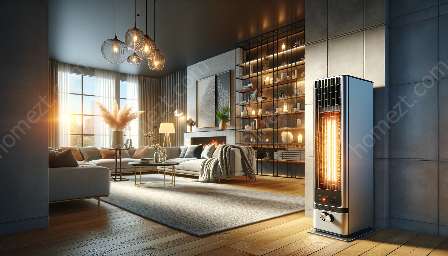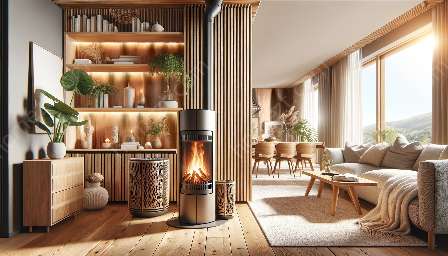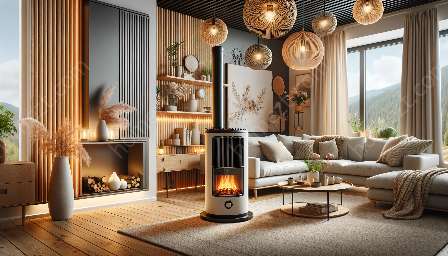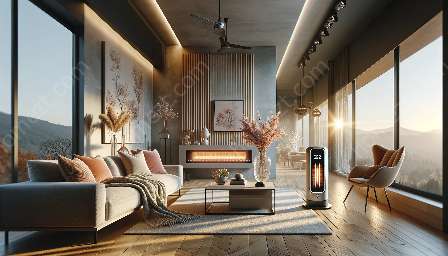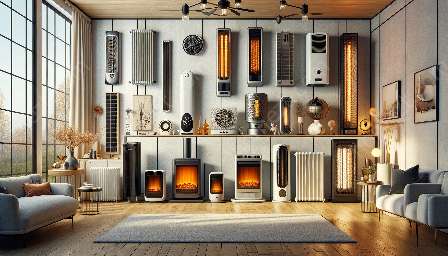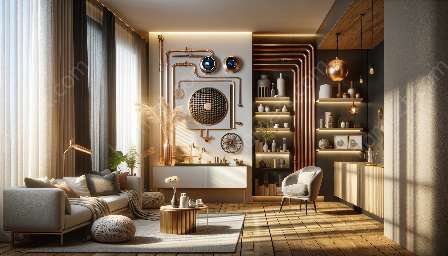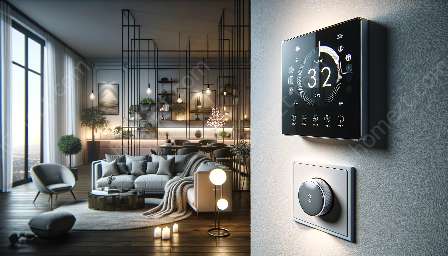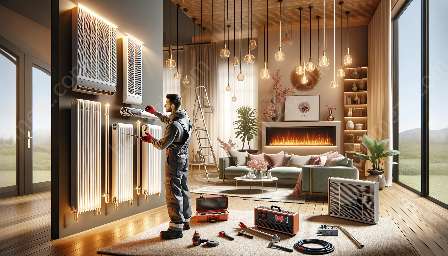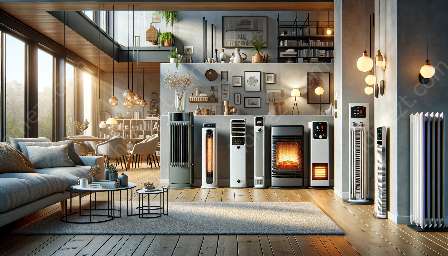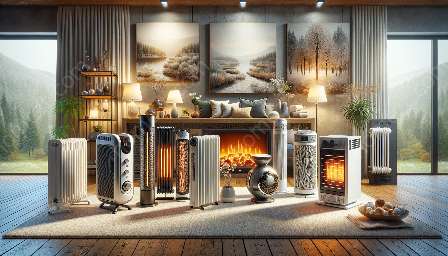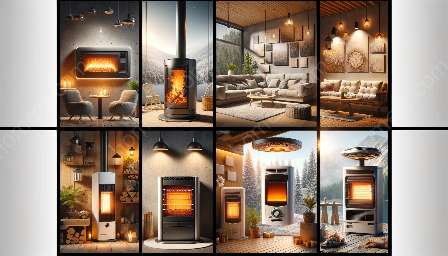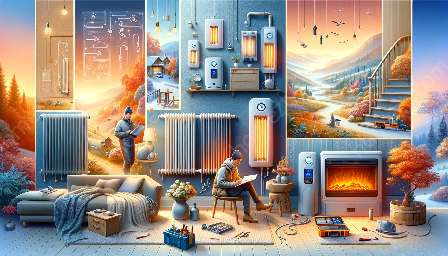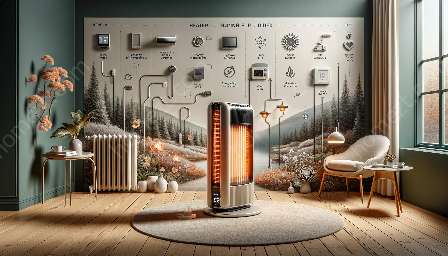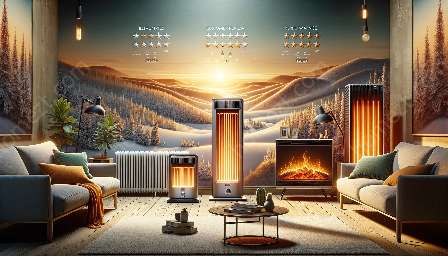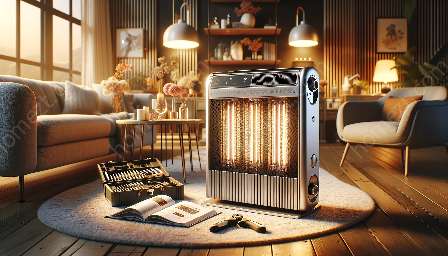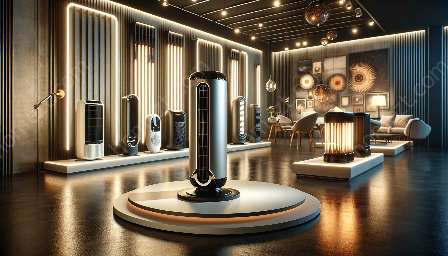Heating systems play a critical role in maintaining comfortable indoor temperatures during cold weather. Proper installation and regular maintenance of heaters are essential to ensure optimal performance and energy efficiency. This comprehensive guide will cover everything you need to know about the installation and maintenance of heaters, including the different types of heaters, installation processes, and practical tips for efficient maintenance.
Types of Heaters
Before diving into the installation and maintenance procedures, it's important to understand the various types of heaters available in the market. Heaters can be broadly categorized into electric heaters, gas heaters, and renewable energy heaters such as solar, geothermal, and heat pumps. Each type has its own unique installation requirements and maintenance considerations.
Electric Heaters
Electric heaters are popular for their ease of installation and versatility. They come in different forms, including baseboard heaters, wall-mounted heaters, and portable space heaters. The installation process typically involves mounting, wiring, and ensuring adequate electrical supply. Routine maintenance may include cleaning the heating elements, checking for loose connections, and inspecting the thermostat for accuracy.
Gas Heaters
Gas heaters are commonly used for central heating systems and water heating. Installation of gas heaters requires careful consideration of ventilation, gas line connections, and compliance with safety regulations. It's important to have a professional installer handle the gas line connections to ensure safety and code compliance. Maintenance tasks for gas heaters may include cleaning the burners, inspecting the flue, and testing for gas leaks.
Renewable Energy Heaters
Renewable energy heaters, such as solar, geothermal, and heat pumps, harness sustainable energy sources to provide heating. Installation of these systems involves specialized knowledge and may require professional assistance. Maintenance for renewable energy heaters may include periodic inspections of solar panels, geothermal loops, and heat pump components.
Installation Process
Proper installation of heaters is crucial for their efficient operation and longevity. It's essential to follow the manufacturer's guidelines and, if necessary, enlist the services of qualified professionals for installation. Here are the general steps involved in the installation process:
- Assessment: Evaluate the heating requirements and select a suitable heater based on the size of the space, insulation, and local climate conditions.
- Preparation: Ensure the installation site is adequately prepared with appropriate electrical or gas connections, ventilation, and space clearance for the heater.
- Installation: Follow the manufacturer's instructions for mounting, wiring, and connecting the heater. For gas heaters, hire a licensed professional for the gas line connections.
- Testing: Conduct thorough testing of the heater to ensure proper functionality and safety compliance.
Maintenance Tips
Regular maintenance is essential to keep heaters running efficiently and prevent potential issues. Here are some practical maintenance tips for heaters:
- Clean or Replace Filters: For heaters with air filters, clean or replace them regularly to maintain proper airflow and indoor air quality.
- Inspect and Clean Components: Regularly inspect and clean heating elements, burners, vents, and other components to prevent dust buildup and ensure optimal performance.
- Check Thermostat Settings: Verify that the thermostat settings are accurate and calibrate if necessary to maintain desired temperature levels while minimizing energy consumption.
- Professional Maintenance: Schedule annual professional maintenance checks to detect and address any potential issues early, ensuring the long-term efficiency and safety of the heating system.
Conclusion
Efficient installation and proactive maintenance are key factors in ensuring the optimal performance and longevity of heaters. By understanding the different types of heaters, following proper installation procedures, and implementing regular maintenance practices, homeowners can enjoy a comfortable and energy-efficient indoor environment throughout the year.


